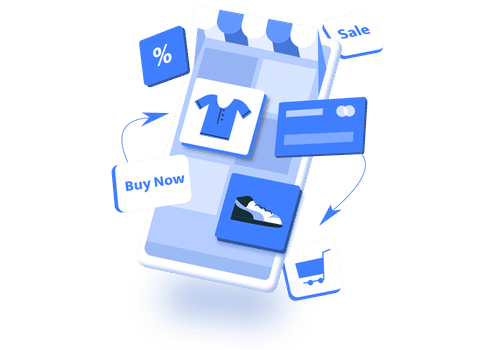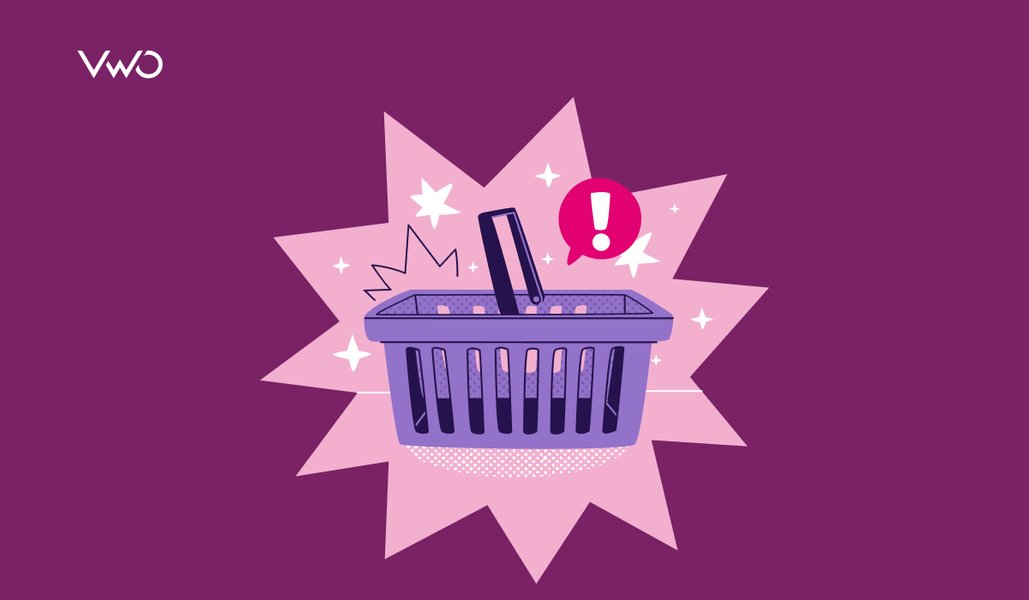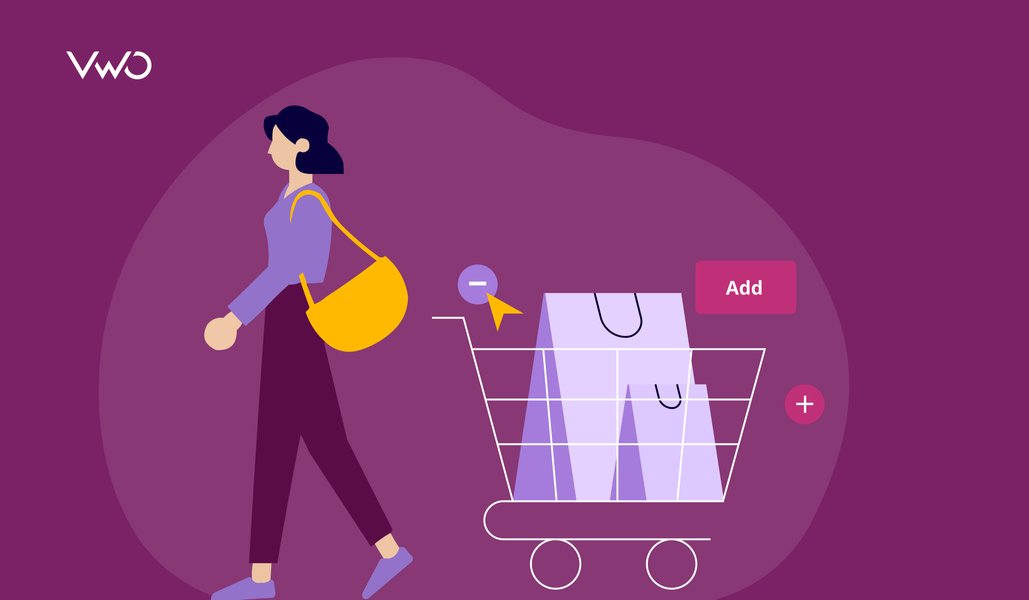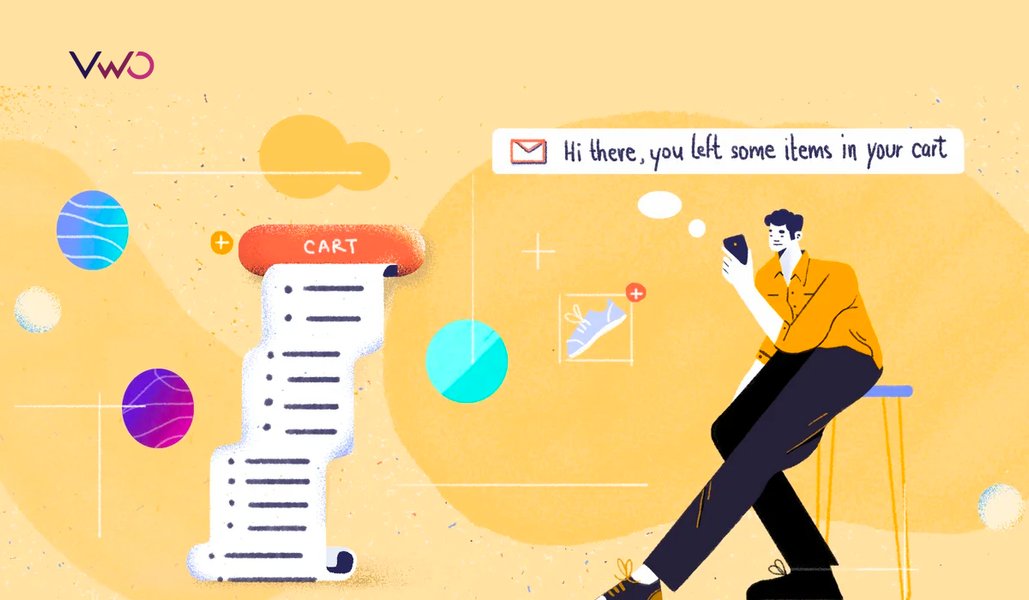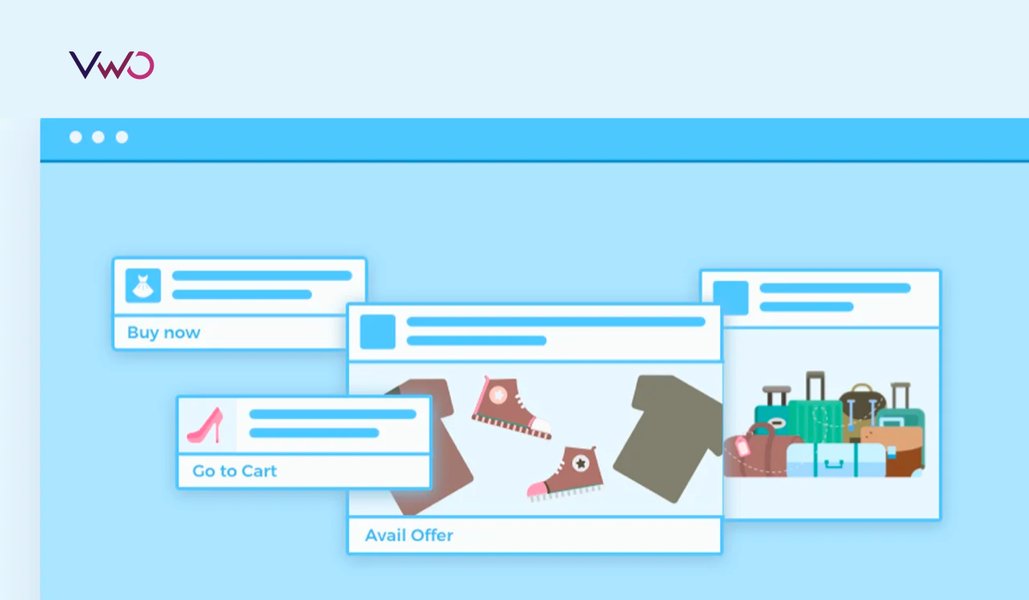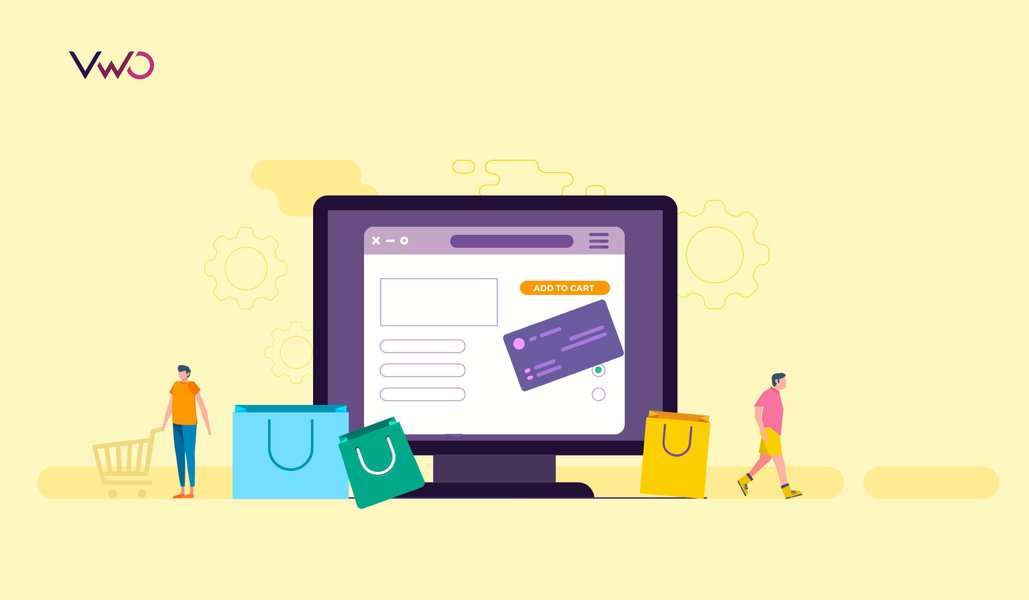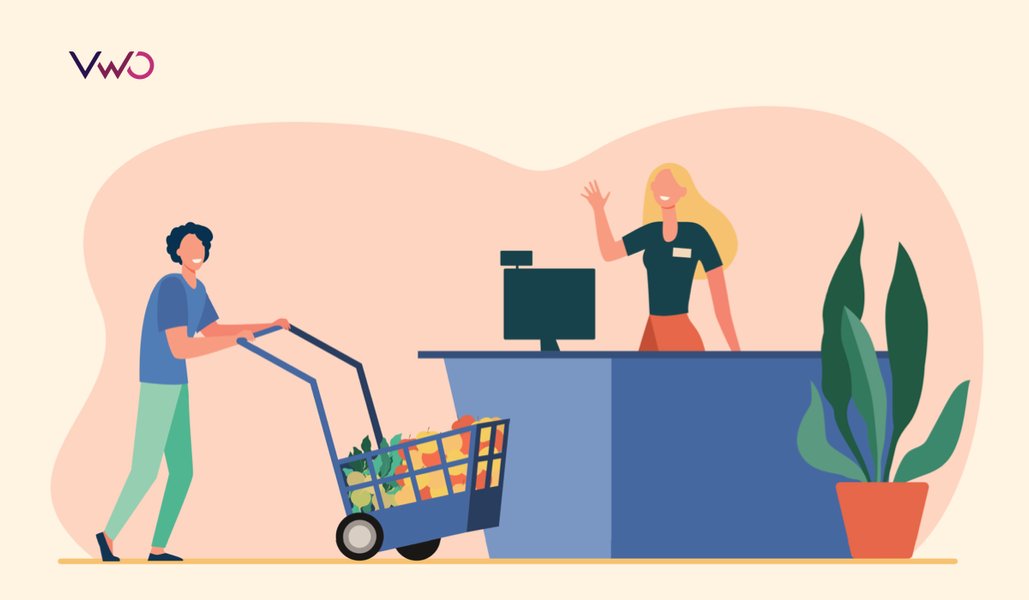7 Strategies to Reduce Cart Abandonment in a Crisis
The COVID-19 pandemic brought radical changes in eCommerce sales that no one imagined at the start of the year. These changes are driven by the shift in consumer shopping behavior.
Without a cure and a vaccine, many are still choosing to live their lives at home as much as possible to avoid contracting the virus — or any other illnesses for that matter. Indeed, we are living in a day and age where eCommerce’s role in the lives of many is becoming increasingly significant.
However, this does not mean that all eCommerce categories are doing well at this time. Luxury brands, for example, are struggling and are forecasted to lose between $450 to $600 billion in worldwide sales. This holds, especially for non-essential brands.
Download Free: Cart Abandonment Guide
On the upside, eCommerce stats such as cart abandonment rate are said to have dropped significantly in the United States. Cart abandonment refers to the phenomenon wherein a visitor adds items to their cart but does not proceed with the purchase.
Before the pandemic, the average cart abandonment rate was 75.71%. At the onset of the lockdowns last March 2020, cart abandonment dropped to a low of 59.76% before inching higher to 64.98%.
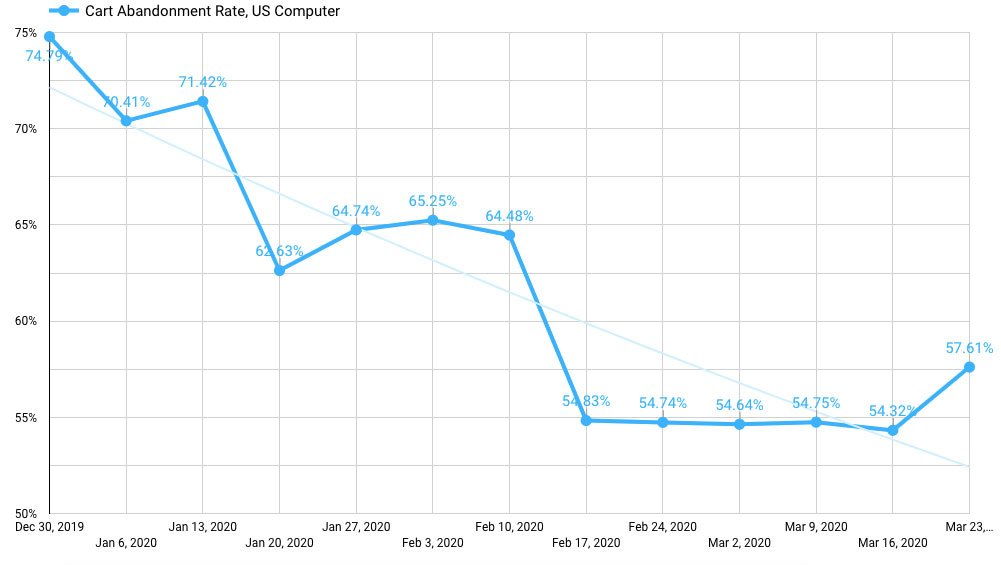
With these in mind, there is pressure among eCommerce and online retailers to address the consumers’ changing behavior and shifting needs. Dan Fries, one of the founders of Blue Tree AI, a content marketing and PR agency that specializes in SEO, stresses the importance for businesses to know their purpose and place online.
“Since the end of pandemic isn’t in sight yet,” he says, “brands should be able to grow and gear their online presence to avoid being lost in the clutter. We’re all going to be competing in a limited online space, so imagine the effect that can have on consumers and more brands that need to sustain their sales.”
In this article, we show you one of the things to keep your business afloat in a time like today: focusing on reducing cart abandonment and encouraging your market to proceed with their purchase.
How to reduce cart abandonment in a crisis
Transparency is key
One way to gain the trust of your customers and reduce the chances of cart abandonment especially in the time of COVID-19 is to be extremely transparent on your store fees right away. Make sure that additional costs such as shipping fees and taxes are visible during their purchase experience, so there aren’t any surprises that might send people away from your store.
This also applies to any other details that are significant in their consumer journey, such as shipping details and return policies. How can users return items if they’re unable to visit your physical store? Are there new policies you must follow for door-to-door deliveries?
When your customers are completely informed about all the details of their orders, it becomes easy for them to proceed with their purchase.
Launch an abandoned cart campaign
If you’ve been in the eCommerce industry for a while, then you’ve probably created an abandoned cart recovery campaign.
There are plenty of reasons why your customers abandon their carts. For you to be able to know what strategy you’ll implement, you must be able to figure out the specific reasons why users leave items in their carts.
While it’s a valid reason that some shoppers might be experiencing pay cuts in COVID-19, that might not be the most prominent reason someone abandons their cart—after all, if someone knew they didn’t have the budget to buy right now, they likely wouldn’t have gone through the shopping process that far.
Having a high cart abandonment rate can usually indicate a poor user experience, a distorted purchase funnel, or a complicated checkout flow. Therefore, optimizing user experience can lower your cart abandonment rate.
Once you’ve pinned down the plausible reasons and fixed the leaks, you include an abandoned cart recovery strategy that would essentially bring people back to your site and proceed with your purchase. In other words, converting visitors to actual paying customers. To do this, conversion rate optimization (CRO) is key.
Two impactful CRO practices that can give you an idea of how to help with cart abandonment avoidance during COVID-19 are:
- Cart abandonment software: A software that tracks your visitor’s journey on your website to capture their emails and find those who have abandoned their carts. With this, you can bring them back to your site through an enticing email, SMS, or a dynamic ad.
- A/B split testing: Running two versions of your website that are identical in intent but different in aspects like style or layout so that you’d be able to compare and contrast which version has a better conversion rate. Experiment with different messaging as well, such as emphasizing any new policies that shoppers might not know—do you offer contactless delivery now? Do you have new minimum order values for free shipping eligibility?
Offer flexible payment options
There’s no denying the financial impact that COVID-19 has had on some consumers and their income. Because of this, you’ll need to empathize and make it as easy as possible for shoppers to purchase on your store.
Having a limited number of payment options could be a reason buyers end up unwillingly abandoning their carts. If they don’t see their desired and trusted payment method on your website, they won’t probably proceed with their purchase. Or if they find that there are no flexible payment options, they might try looking for an online store that does.
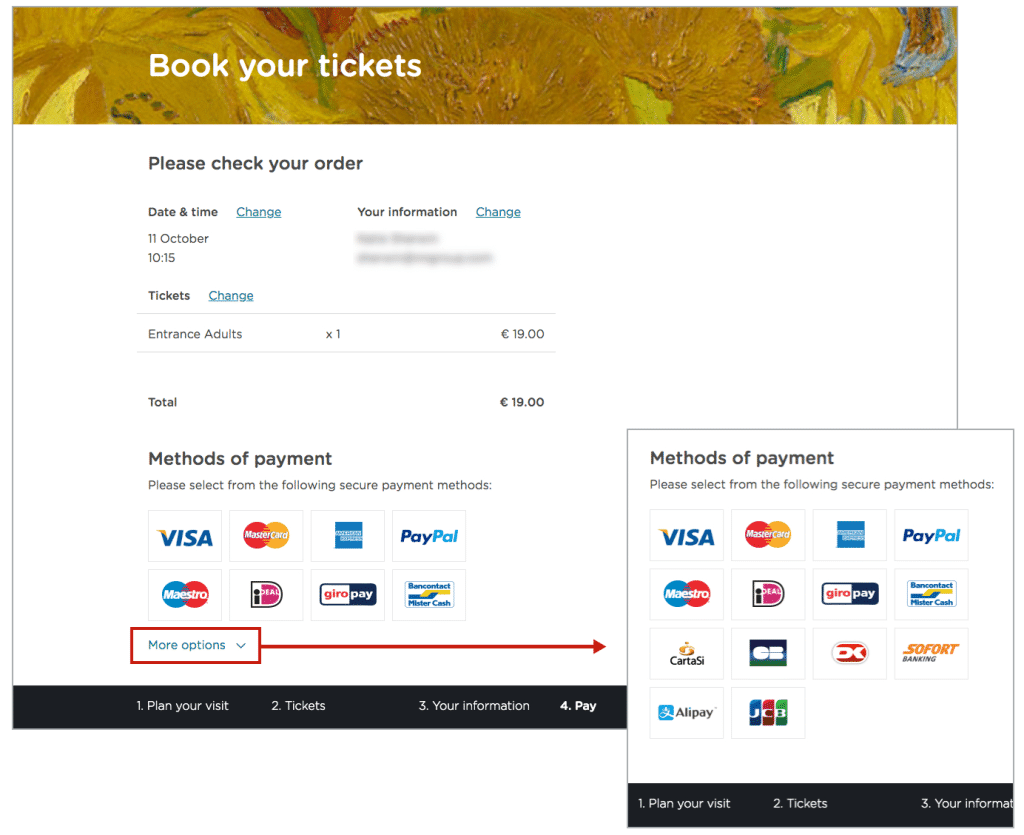
The best way to avoid this is to offer flexible, customer-centric payment solutions that work best for your shoppers. Invest in services and platforms that let you support multiple payment methods but also payment plans. FreshBooks, for instance, lets business owners offer their clients and customers installment or partial payment options since they care about how brands show their support for their customers through invoicing and billing.
In a time like today, those who stockpile essentials would find it very convenient if they don’t pay for the whole value at once. Having convenient payment options shows that you care.
Download Free: Cart Abandonment Guide
Optimize your checkout user experience
COVID-19 has forced many stores to go online, but many brands that may already have had eCommerce platforms might not have been prepared to take their entire buying experience on the web. Because you have to solely rely on your online properties in servicing your customers these days, it’s time to put the focus on a completely optimized online experience.
One of the ways for shoppers to have a wonderful experience buying from your online store is when you have a user-friendly website design and optimized checkout process.
Think about it: if it’s difficult to navigate through the different pages of your website, if it’s hard to review their cart or input information quickly, visitors won’t exactly be motivated to complete a purchase.
Having a poor checkout experience can also come from how your website is designed: are the colors so striking that it’s hard to browse through your store? Are the product photos or fonts so small that it’s difficult to see product details? Are there too many unnecessary details on your checkout form?
Brainstation’s 2020 Design Survey Results, revealed that 75% of designers believe that additional design training to enhance their skills can make them more successful in their role. Similarly, 25% mentioned that their organization would be more successful if employees had better design skills.
Designing a streamlined checkout experience isn’t just for show — it helps you make sales.

Adding your logo and brand colors to your checkout page makes your business more trustworthy and puts your customer at ease to continue with their purchase.
To learn more about how you can improve the checkout experience for your users, check out our insightful discussion with Vlad Bisceanu on the VWO Podcast.
Use push notifications
For many shoppers, reminding them of the items they left on their cart can push them to proceed with their purchase. It should be no surprise that COVID-19 has everyone a little more distracted than usual, so a friendly reminder might be all you need to give for consumers to check out their orders.
These reminders can come in the form of web push notifications, which prompt customers to engage with your brand even more on your site. Of course, simply reminding them of items abandoned in their carts won’t be enough. Your push notifications should ideally have elements that would attract your shoppers to reconsider buying from your business.
Signing up for a free trial with VWO gives you access to ready-to-use push templates, and you can customize these notifications according to what your market cares about.
Are they looking for the right opportunity to buy the items they left in their cart (a.k.a a sale or a discount)? Send them a personal voucher code they can use.
Do they want to know more about the product before buying it? Send them an email that explains how the product can benefit them and improve their lives.
Send follow-ups using Messenger apps
Because of COVID-19, almost everyone has had to rely on online means of communicating with one another—and that doesn’t exclude the way they engage with their favorite brands online.
Conversational marketing is becoming more relevant today when people have increased their social media usage due to home isolation.
YouTube, Facebook, and Instagram saw the highest rise in active users as a result of stay-at-home orders brought about by the COVID-19 pandemic.
Facebook Messenger has emerged as a highly effective and more personal automated channel for reaching out to customers who have abandoned their carts. Remarketing through the Facebook Messenger chatbot allows you to deliver personalized, real-time messages and achieve higher open and click-through rates.
Sending abandoned cart reminders through Messenger can deliver an average of 80% open rates compared to email’s 20%, and 35% click-through rates compared to email’s 2%.
Implement an omnichannel marketing strategy
The previous sections make it clear that you can’t just rely on one channel for your remarketing communication. As we are still amid the pandemic, the role of digital in the lives of consumers will only grow more significant.
Using a combination of different channels such as push notifications, emails, SMS, ads, and Facebook Messenger to reconnect with your visitors about their abandoned carts can help you be present in their preferred channel, especially at the moment of their highest intent.
Find the right timing to reach out to them on specific channels for the best results. Make sure you don’t spam them with reminders, but send out messages at the right time and place.
Another advantage of having a comprehensive omnichannel marketing strategy is that you’re assured of a series of backups. Take this opportunity to learn how your shoppers behave online to keep improving your remarketing strategy and convey the right message to them through the most relevant channel.
See this example of an omnichannel remarketing strategy below as it retargets abandoners using different channels while perfectly timing the messages to deliver the best results:
Key takeaways
Even if the cart abandonment rate dropped significantly during the pandemic, it doesn’t mean businesses should ignore abandoned carts. With or without the crisis, cart abandonment continues to be a challenge that the eCommerce industry is facing.
On the upside, there is now plenty of research and ways to reduce the cart abandonment rate on your site. As long as you pay attention to how your customer behaves online and strive to keep improving your online properties, rest assured that you can systematically reduce cart abandonment.

